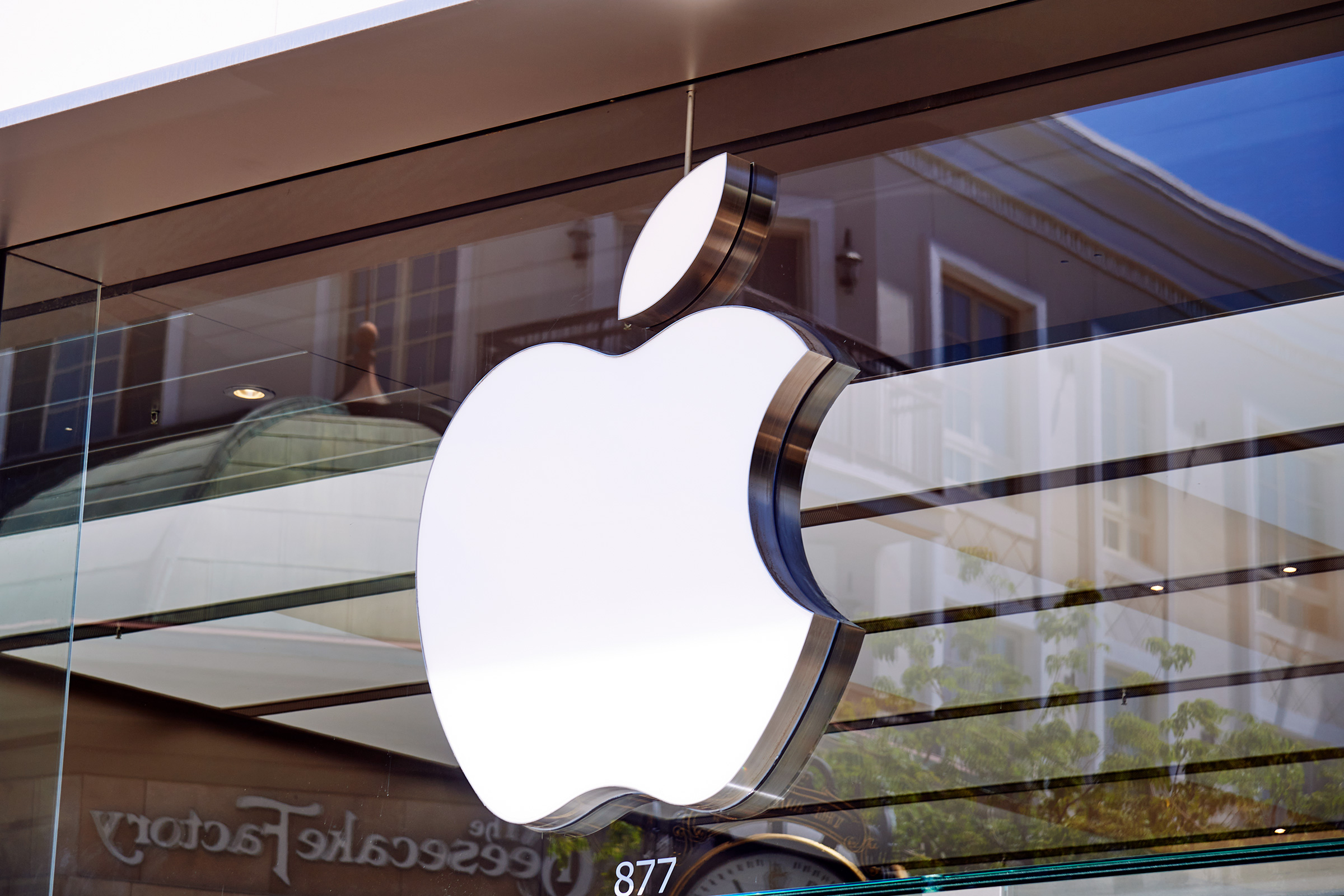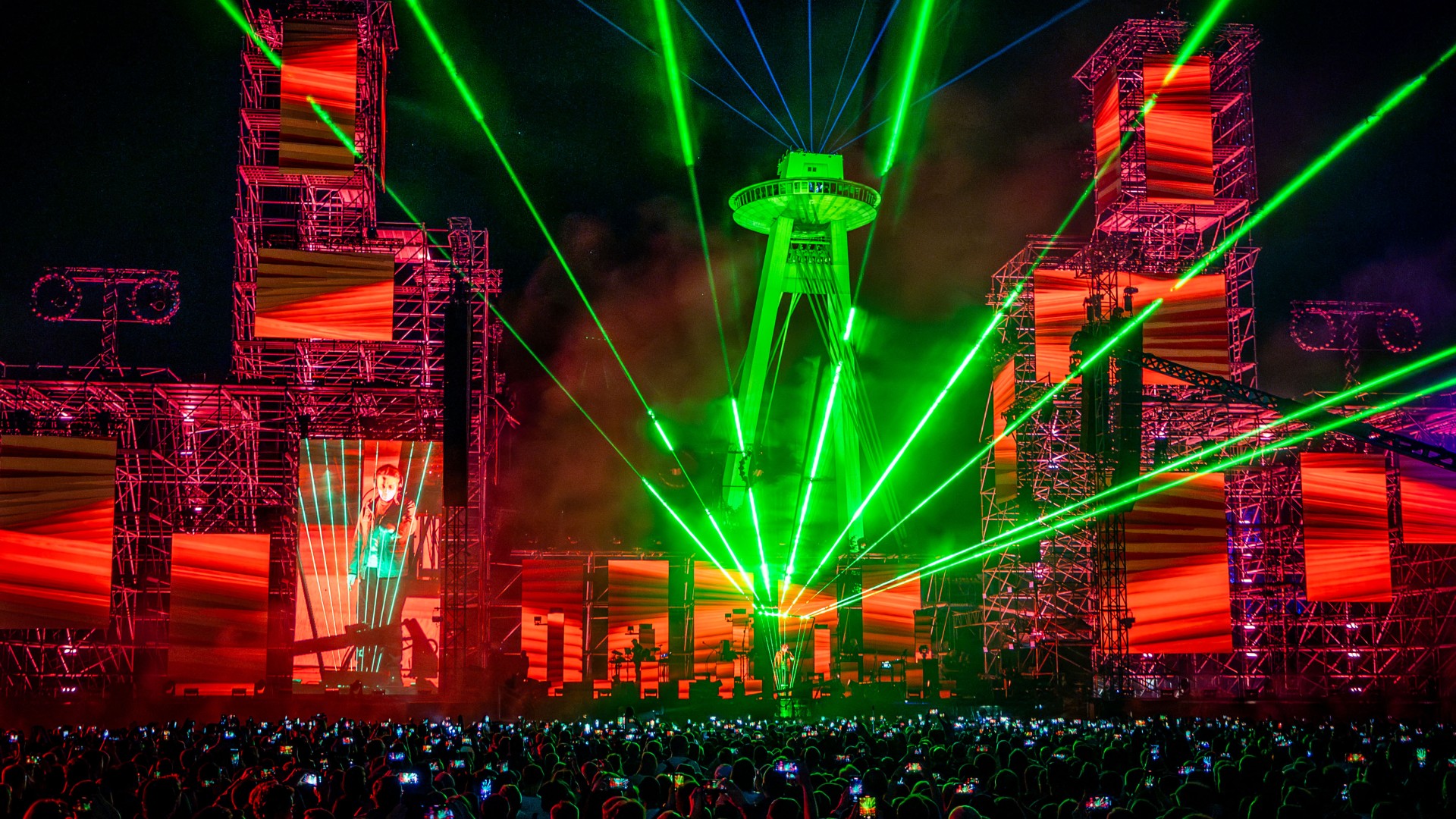EDITOR’S NOTE: Updated with one-day delay in sunshield tensioning.

Flying outbound from Earth at a distance of more than 400,000 miles, the James Webb Space Telescope extended two booms Friday and unfurled the mission’s five-layer sunshield to the size of a tennis court, notching a major milestone for the observatory after a nail-biting New Year’s Eve for astronomers and engineers on Earth.
The critical deployments marked some riskiest moments to ready the nearly $10 billion observatory for science operations, following its successful launch Dec. 25 aboard a European Ariane 5 rocket.
NASA confirmed the successful extension of the port-side mid-boom in an update shortly after 7 p.m. EST Friday (0000 GMT Saturday). Nearly four hours later, NASA announced the starboard boom was extended.
Webb’s two sunshield mid-booms are designed to pull out the shade’s five membranes into their distinctive diamond shape.
“The mid-booms are the sunshield’s workhorse and do the heavy lifting to unfold and pull the membranes into that now-iconic shape,” said Keith Parrish, Webb observatory manager at NASA’s Goddard Space Flight Center.
Ground teams started extending the two sunshield booms several hours later than originally scheduled, NASA said in an update Friday evening. The space agency said mission controllers at the Space Telescope Science Institute took extra steps to confirm that a sunshield cover had fully rolled up before proceeding with the first mid-boom deployment.
“Switches that should have indicated that the cover rolled up did not trigger when they were supposed to,” NASA said. “However, secondary and tertiary sources offered confirmation that it had. Temperature data seemed to show that the sunshield cover unrolled to block sunlight from a sensor, and gyroscope sensors indicated motion consistent with the sunshield cover release devices being activated.”
The covers were opened and rolled back to expose the sunshield to space Thursday, but the covers were supposed roll back more in the early phase of mid-boom deployment.
“This final preparation to begin extending the mid-boom was what the team was analyzing before beginning the deployment,” NASA tweeted.
Five telescoping segments of the port, or left-side, mid-boom began extending around 1:30 p.m. EST (1830 GMT) Friday. The motor-driven boom reached full deployment at 4:49 p.m. EST (2149 GMT), NASA said.
The starboard, or right-side boom extension began at 6:31 p.m. EST (2331 GMT) and completed at about 10:13 p.m. EST (0313 GMT).
Both mid-booms are now locked into position.
“The completion of the sunshield cover and mid-boom deployments over the past two days marks a critical milestone for Webb,” NASA said in a written update Friday night.
Webb has 344 devices that must work exactly as intended. Of those, 107 are membrane release devices, non-explosive actuators that pinned the sunshield in place for launch. All 107 successfully released to allow the sunshield to open to its full dimension.
In total, the mission’s deployment sequence relies on 140 release mechanisms, 70 hinge assemblies, eight deployment motors, 400 pulleys, and 90 cables running a quarter-mile in length. There are also an array of bearings, springs, and gears to transform Webb from its launch to operational configuration.
The sunshade stretches 69.5 feet (21.2 meters) long and 46.5 feet (14.2 meters) wide.
Officials have repeatedly said Webb’s deployment schedule could change based on real-time conditions.
“Today is an example of why we continue to say that we don’t think our deployment schedule might change, but that we expect it to change,” Parrish said. “The team did what we had rehearsed for this kind of situation – stop, assess, and move forward methodically with a plan. We still have a long way to go with this whole deployment process.”
NASA confirms the James Webb Space Telescope has extended one of two booms to begin unfurling the mission’s five-layer sunshield. With the port-side boom deployed, work is underway tonight to extend another boom on the starboard side. https://t.co/JdH8b0A2jo pic.twitter.com/cboWUNCedT
— Spaceflight Now (@SpaceflightNow) January 1, 2022
Made of five fragile kapton membranes, each as thin as a human hair, the sunshield will keep Webb’s mirrors, instruments, and detectors in constant shadow, allowing their operating temperature to plummet to near minus 400 degrees Fahrenheit. Such cold conditions are required to allow Webb to see the faint infrared light from the first galaxies in the universe more than 13.5 billion light years away.
Before Webb’s launch, most NASA managers and astronomers waiting to use the Webb telescope, the product of nearly three decades of development, gave the same answer about the most stressful moment of the mission: Sunshield deployment.
“The sunshield is one of these things that is almost inherently indeterministic,” said Mike Menzel, Webb’s mission systems engineer at NASA’s Goddard Space Flight Center in Maryland. “NASA is used to deploying rigid beams on hinges, because they’re deterministic, you can determine how they move.”
“Given that there are 40 different major deployments, and hundreds of pulleys and wires, the whole thing makes me nervous and will until its fully deployed,” said John Grunsfeld, an astrophysicist, former astronaut, and head of NASA’s science mission directorate from 2012 until 2016, a key period in Webb’s development.
But it’s the sunshield that got the biggest share of Menzel’s attention during the design and testing of Webb.
Menzel compared predicting the behavior of the sunshield layers to guessing what a string will do when you push it on a table top.
“So it is with the membranes of the sunshield,” he said. “So we can’t really predict their shape, but we can constrain it. “We can try to prevent it from going in places that we don’t want it to go, places where it could snag or tear, or maybe impede the deployment of other members.”
Each layer of the sunshield is slightly different in size and shape, created using thermally bonded sections of kapton with around 10,000 seams, according to Krystal Puga, Webb’s lead spacecraft systems engineer at Northrop Grumman.
There are reinforcement strips, or rip stops, to contain any tears or holes, and metallic ribbons giving the kapton some structural support.
The sunshield membranes are coated with aluminum, and two of the outermost layers are treated with silicon, giving the skin-like material a purple hue.
With the sunshield in its diamond shape, Webb controllers will send commands for the observatory to tension each of the five layers over two days.
“Once we get the sunshield out, that’s great, but then we have to sort of tighten it up,” Parrish said in an interview before launch. “All five layers have different points around them where they’re connected up, and then we’ll pull on cables in each one of those corners to actually tighten up the sunshield.”
“The very last step is super important,” Puga said. “We need to tension all of the membranes using a series of pulleys and cables to create the separation between each of the five layers.”
The tensioning will separate each of the five ultra-thin kapton membranes, spacing them a few inches at the center and a few feet at the outermost edges. The tapered spacing helps allow heat from the sun to reflect between the layers, and eventually radiate back into space.
Tightening the sunshield will begin with the largest and flattest membrane closest to the sun, which will reach the hottest temperatures during the mission. One-by-one, each of the other four layers will be tensioned, ending with the smallest and coldest layer closest to Webb’s mirror.
“Tensioning the layers involves sending commands to activate several motors to reel in a total of 90 cables through numerous pulleys and cable management devices. Sunshield tensioning will take at least two days but may take longer, due to the complexity of the process and the flexibility built into the timeline,” NASA said Friday night.
NASA said Saturday that mission managers decided to hold off on the start of the sunshield tensioning work until Sunday. The tensioning was due to begin as early as Saturday.
The decision will “allow the team to rest” after working late on New Year’s Eve, NASA said. The one-day delay will likely affect the timeline of Webb’s future deployment events.
Webb’s instruments and telescope need to be super-cold to make them sensitive to infrared light. And astronomers want to observe the cosmos in infrared wavelengths because it allows them to see the oldest galaxies, whose light waves have been stretched by the expansion of the universe.
Infrared astronomy also reveals star-forming regions obscured by clouds of gas and dust opaque to telescopes that see in visible wavelengths, the kind of light detectable by the human eye.
McCaughrean, an astronomer working on Webb since the 1990s, tweeted that infrared astronomy with a warm telescope “is like trying to observe in the visible in broad daylight with a telescope made of light bulbs. Possible, but you won’t see faint things very well.”
Once the sunshield is deployed and tensioned, ground teams will turn their attention to unfolding Webb’s huge mirror to its full size and shape. Those events are scheduled for next week.
Webb is cruising toward its operations post in a halo-like orbit around the L2 Lagrange point, a gravitational balance point nearly a million miles (1.5 million kilometers) from Earth.
Email the author.
Follow Stephen Clark on Twitter: @StephenClark1.
Note: This article have been indexed to our site. We do not claim legitimacy, ownership or copyright of any of the content above. To see the article at original source Click Here













